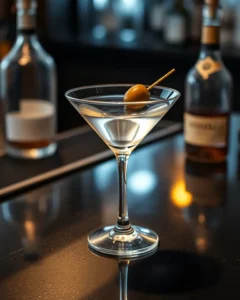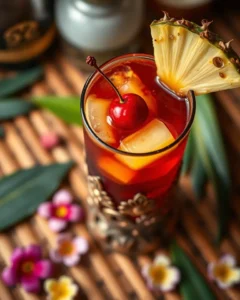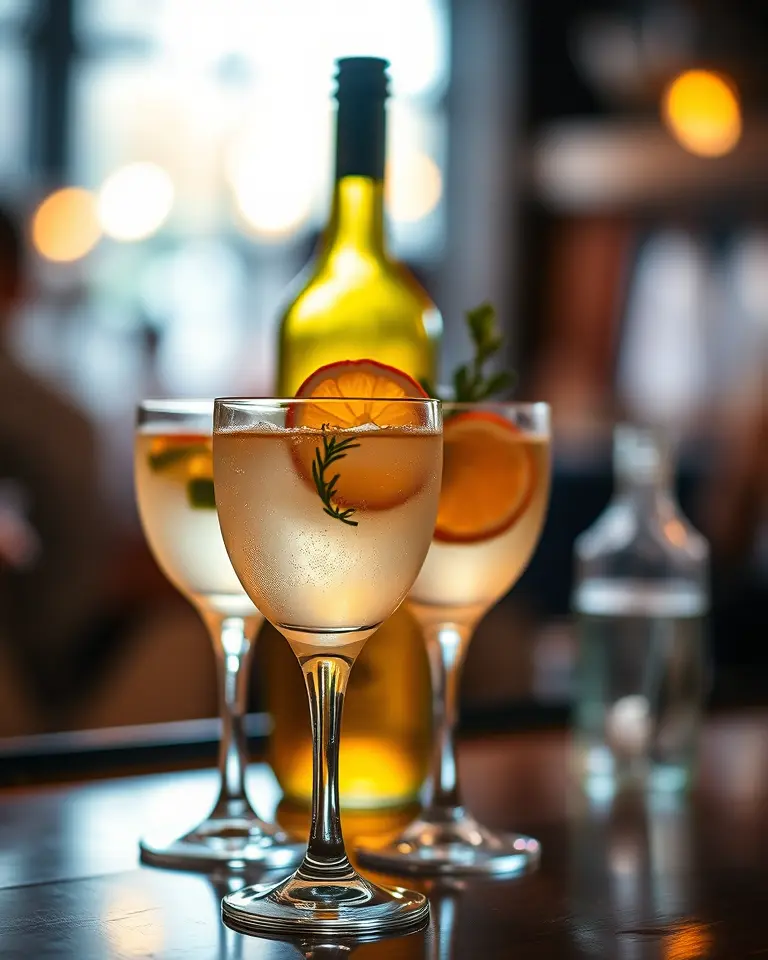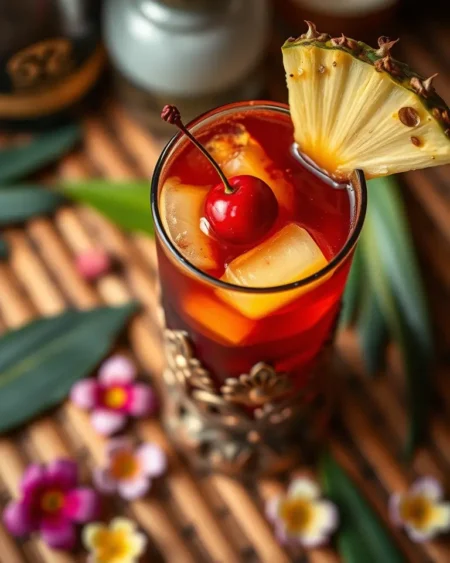The fruit cup cocktail, a quintessential English summertime drink, has a rich history rooted in Victorian-era traditions. Originally crafted as a mix of fruit, liqueurs, and spices, with a base spirit of gin, these homemade concoctions were enjoyed primarily at home. Today, the fruit cup has evolved, with variations using different spirits. This article explores a unique twist on the classic fruit cup, the Scotch Whisky Fruit Cup No. 2, offering a flavorful experience with a more robust spirit.
The Evolution of Fruit Cups
Fruit cups were traditionally a homemade affair, utilizing available fruits, liqueurs, and spices. The most well-known commercially produced fruit cup is Pimm’s No. 1, a gin-based liqueur that has become synonymous with the category. However, other variations exist, many based on different spirits like vodka, brandy, and even rum. These pre-mixed, punch-style drinks are typically served in a tall glass filled with ice and garnished generously with various fruits and herbs.
Scotch Whisky Fruit Cup No. 2: A Bold Variation
The Scotch Whisky Fruit Cup No. 2, popularized by Difford’s Guide, is a notable departure from the traditional gin-based fruit cup. This version utilizes Scotch whisky, adding a layer of complexity and depth to the drink. It combines the smoky notes of Scotch with the sweetness of orange curaçao and sweet vermouth, creating a balanced and refreshing cocktail that’s perfect for any occasion.
Ingredients
To make the Scotch Whisky Fruit Cup No. 2, you’ll need the following:
- 0.75 oz Scotch whisky (blended or single malt, depending on preference)
- 0.75 oz Orange curaçao (such as Pierre Ferrand Dry Curaçao)
- 0.75 oz Sweet vermouth (such as Carpano Antica)
- 2 dashes Angostura bitters
- 2.375 oz Ginger ale
- 2.375 oz Coca-Cola
- Garnish: Lemon, orange, and strawberry slices, mint sprig, and borage (optional).
How to Make Scotch Whisky Fruit Cup No. 2
- Prepare the Glass: Select a Collins glass and pre-chill it.
- Combine Ingredients: In a mixing glass, gently pour the Scotch whisky, orange curaçao, and sweet vermouth.
- Add Bitters: Add two dashes of Angostura bitters to the mixture.
- Mix Gently: Slowly pour the ginger ale and Coca-Cola down the side of the mixing glass to avoid losing carbonation.
- Chill the Glass: Fill the Collins glass halfway with ice and stir briefly to chill.
- Pour and Garnish: Pour the mixed drink into the Collins glass, tilting the glass to maintain carbonation. Add a citrus slice and a few mint leaves from the garnish. Fill the glass to the brim with ice.
- Final Touch: Garnish with lemon, orange, and strawberry slices, a mint sprig, and borage leaves (if available).
Choosing the Right Scotch
When making a Scotch Whisky Fruit Cup, the choice of Scotch is crucial to the final flavour profile.
- Blended Scotch: A blended Scotch whisky is often recommended for its balanced and smooth taste, which mixes well into cocktails. Brands like Johnnie Walker, Chivas Regal, and Ballantine’s are popular choices due to their accessibility and consistent flavor. The blending process allows for a harmonious combination of different single malts and single grain whiskies, making it an ideal base for this fruit cup.
- Single Malt Scotch: If you prefer a more complex flavor, a single malt Scotch can be used. Opt for a lighter, less peaty variety to avoid overpowering the other ingredients. A Speyside single malt, with its richer, fruitier character, pairs well with the sweet and citrus notes of the other ingredients.
The Art of the Fruit Cup
The beauty of the fruit cup lies in its adaptability. While the Scotch Whisky Fruit Cup No. 2 provides a specific recipe, the concept of a fruit cup is open to variations and experimentation.
Key Elements of a Good Fruit Cup
- Base Spirit: While gin is traditional, other spirits like Scotch, vodka, brandy, or rum can be used. The choice of spirit greatly influences the character of the drink.
- Sweetener: Liqueurs such as orange curaçao or syrups like elderflower pressé provide sweetness.
- Mixer: Typically, a carbonated beverage like ginger ale, lemonade, or tonic water is used to add effervescence and balance.
- Garnish: Fresh fruit slices, herbs like mint or borage, and even cucumber are used to enhance the flavour and visual appeal of the drink.
Variations and Adaptations
- Infusions: For a more intense flavor, infuse the chosen fruits and herbs in a jug with the base spirit for several hours in the fridge before adding ice and mixers.
- Sweetness Level: If you prefer a sweeter drink, consider using cloudy lemonade instead of tonic water.
- Regional Twists: Experiment with fruit combinations to create a regional twist. For example, a Cornish Summer Cup includes Cornish Cup or blood orange gin.
- Non-Alcoholic Options: For a non-alcoholic version, use a mix of fruit juices, sparkling water, and fresh fruits to achieve a similar refreshing experience.
The Enduring Popularity of Fruit Cups
Despite the rise of complex cocktails, fruit cups remain a popular choice, especially during summer. Their refreshing nature, versatility, and visual appeal make them a perfect drink for social gatherings. The Scotch Whisky Fruit Cup No. 2 is a testament to the adaptability of the classic recipe, adding a modern twist while retaining the essence of a traditional fruit cup.
Conclusion
The Scotch Whisky Fruit Cup No. 2 is a delightful variation of a classic cocktail, offering a unique and satisfying experience. By combining the smoky notes of Scotch with the sweetness of orange curaçao and the subtle bitterness of sweet vermouth, it creates a balanced and refreshing drink that’s perfect for any occasion. Whether you’re a seasoned cocktail enthusiast or a casual drinker, this fruit cup offers a refreshing and flavorful way to explore the world of mixed drinks.







